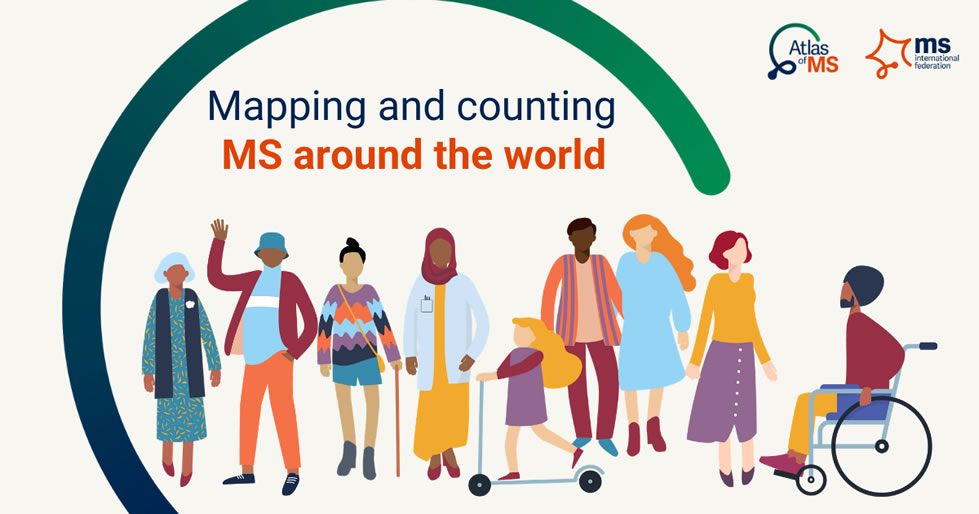There are now 2.8 million people worldwide who have multiple sclerosis (MS), according to the most extensive global study to date.
The MS International Federation’s most accurate estimate yet shows that there are at least 1 in 3,000 people living with the disease. However, in countries with the highest prevalence, this rises to as many as 1 in every 300 people.
The Atlas of MS reveals that the number of people living with MS has increased in every world region since 2013. Although better counting methods, more accurate diagnosis rates and population growth are just some of the factors behind the rise, an increased risk of developing MS cannot be ruled out.
The neurological condition, which touches at least twice as many women as men, affects the brain and spinal cord. Symptoms vary widely from person to person, but can include blurred vision, tingling sensations, dizziness and fatigue.
85% of people are initially diagnosed with relapsing remitting MS where they experience periods of relapse and remission, whereas 12% are initially diagnosed with progressive MS. The remaining 3% are given an unknown disease course at initial diagnosis. For everyone with the condition, MS makes life unpredictable.
Currently, every five minutes, someone, somewhere in the world is diagnosed with MS.
Typically, MS is diagnosed in people’s 20s and 30s, but it can occur at any age, with the global average age of diagnosis being 32 years. As this is an age when people might be finding a long-term partner, having children, and forging careers, it’s important that support mechanisms are available to enable people to live the lives they want.
Despite common misconceptions though, MS is not just a condition of adults. The global study reveals that there are at least 30,000 under-18s living with MS. The MS International Federation calls for stronger awareness that children and young people can also develop MS and better data collection on pediatric cases of MS.
The Atlas of MS is the most comprehensive study to date that maps the “where, when and who” of MS.
The study of epidemiology proves its worth every day, but of course depends on the quality of the data that is collected and made available. The Atlas of MS shows that that this quality is improving, though with much room for further progression in the years ahead.Peer Baneke, CEO of the MS International Federation
Although this is the most extensive worldwide study that maps and counts MS, there are still big gaps in the global evidence. The MS International Federation calls on governments, health professionals, patient organisations and others to improve collection of data on MS. Only by doing this will the true global burden of MS be visible.
Further information
- The estimate of 2.8 million people with MS is higher than our estimate of 2.3 million people in 2013. The increase can be explained by improvements in counting methods nationally and globally since then, as well as better diagnosis, people with MS living longer and population growth. Due to changes in calculation methods we cannot directly compare the 2020 figure to the global estimate from 2013. If we used the same calculation methods, the global estimate would have increased by 30% in 7 years.
- Experts from 115 countries completed the epidemiology survey, representing 87% of the world’s population - an increase from 106 participating countries in 2013.
- Prevalence data quality has improved, with 84% of countries able to cite peer-reviewed publications, MS registries or electronic health records as their source, compared to 71% in 2013.









